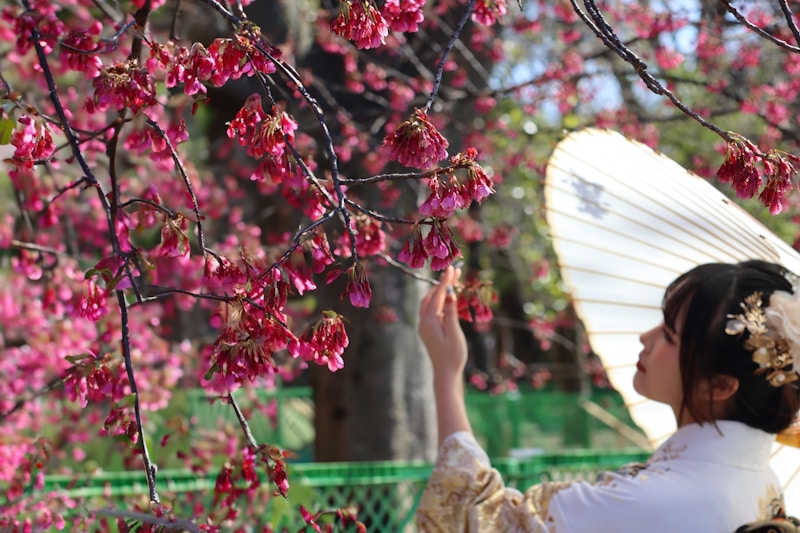The Role of Heritage in Wedding Fashion
Exploring the Impact of Heritage in Wedding Fashion
Weddings are not just ceremonies; they are a profound celebration of love, culture, and heritage. The fashion choices made by couples reflect their backgrounds and the traditions they hold dear. In this article, we will dive into the role of heritage in wedding fashion, examining various elements that contribute to this beautiful interplay of personal identity and cultural significance.
The Importance of Heritage in Wedding Fashion
Heritage plays a crucial role in shaping wedding fashion across different cultures. It serves as a bridge connecting generations and preserving cultural identities. The choices of attire, patterns, and colors are often influenced by the customs of a couple’s ancestry. For instance, in Indian weddings, brides often adorn themselves with vibrant colors and intricate embroidery, representing the rich textile heritage of their culture.
How Heritage Influences Wedding Attire
When choosing attire for their big day, couples might consider the following aspects of their heritage:
- Traditional Attire: Many cultures have specific garments recognized as traditional wedding attire. For example, a Chinese bride might wear a red qipao, symbolizing luck and prosperity. The fabric, style, and even the cut often tell a historical tale, making them significant.
- Colors and Symbols: Different cultures associate specific colors with meanings. White, for example, is often the choice in Western weddings symbolizing purity, whereas red is favored in many Asian cultures for its association with good fortune.
- Cultural Ceremonies: Certain cultural ceremonies dictate the kind of clothing worn. For example, in Jewish weddings, the bride might opt for a stunning lace dress while the groom wears a kippah, showcasing their cultural practices.
| Cultural Influence | Typical Attire | Symbolism |
| Indian | Saree / Sherwani | Vibrancy and festivity |
| Chinese | Qipao / Changshan | Luck and joy |
| Jewish | Lace Gown / Kippah | Tradition and community |
| Western | White Dress / Suit | Purity and love |
The Blend of Modernity and Tradition
As society evolves, so does wedding fashion. Many couples blend modern styles with their traditional roots, allowing for a unique expression of their identities. For example, a bride may choose a contemporary wedding gown with traditional embroidery, seamlessly combining her heritage with modern aesthetic.
Examples of Blended Heritage in Wedding Fashion
Consider these modern interpretations:
- Custom Engagement Rings: Many brides now opt for custom-made engagement rings that incorporate traditional design elements from their family’s history, combining heritage with personal style.
- Bridging Cultures: Multicultural couples might choose attire that reflects both backgrounds, such as a Western-style suit paired with an Asian-inspired veil, creating a beautiful tapestry of their identities.
- Eco-Friendly Choices: Some couples are opting for sustainable fashion, incorporating heirloom garments or vintage pieces that have a story to tell, thus embracing both modern sensibilities and familial heritage.

Regional Influences on Wedding Fashion
Wedding fashion can also differ significantly across regions, influenced by cultural backgrounds and societal values. Here are a few examples from different parts of the world:
Europe
In European cultures, white wedding dresses have become a norm, inspired by Queen Victoria in the 19th century. However, many brides are now incorporating national elements, such as Scottish brides wearing tartan sashes or Spanish brides opting for flamenco-inspired dresses, which celebrate their national identity while embracing modern fashion trends.
Asia
In countries like India, Pakistan, and China, traditional attire remains prominent. Consider the bridal lehenga from India, known for its intricate embroidery, heavy jewelry, and bold colors. In contrast, a Chinese wedding might feature multiple outfits, including the ceremonial qipao paired with the Western gown, showcasing the blend of customs and modernity.
Africa
African wedding attire varies widely across the continent but is often marked by vibrant colors, bold patterns, and significant use of indigenous fabrics. Yoruba brides in Nigeria might wear a colorful aso-oke, rich in cultural symbolism, while in South Africa, the practice of ‘Umabo’ includes unique attire dressed in beads and traditional clothing.
Heritage as a Guide for Wedding Planning
When planning a wedding, considering heritage can shape many decisions, from the guestlist to the food served. Couples can reflect on their backgrounds to create a meaningful experience:
- Culturally Inspired Venues: Choosing a venue that resonates with their heritage, such as a historic church, local temple, or even a family homestead, can add layers of significance to their wedding.
- Traditional Culinary Choices: Incorporating traditional foods into the weddingmenu allows guests to experience the couple's cultural roots, enhancing the communal experience.
- Incorporating Cultural Rituals: Traditional rituals, whether it's exchanging vows in a specific way or participating in a cultural dance, are special practices that can be woven into the ceremony to honor heritage.
Conclusion: Celebrating Heritage in Contemporary Wedding Fashion
Heritage plays an invaluable role in shaping wedding fashion and practices. As couples express their identities through a blend of traditional and modern elements, they pave the way for a richer cultural tapestry in today’s weddings. Each wedding dress, suit, and ceremonial detail tells a story that transcends generations, binding the past with the present.
When planning your wedding, consider the elements of your heritage that resonate most with you. Explore ways to integrate these aspects into your attire and ceremony, ensuring that your special day reflects your unique cultural journey. Embrace the past while creating new memories, keeping the essence of your heritage alive for years to come.
Whether through attire, traditions, or culinary delights, the incorporation of heritage into wedding fashion will continue to enrich the experience of couples and their guests alike. Embrace your roots as you embark on this beautiful journey of love and partnership.